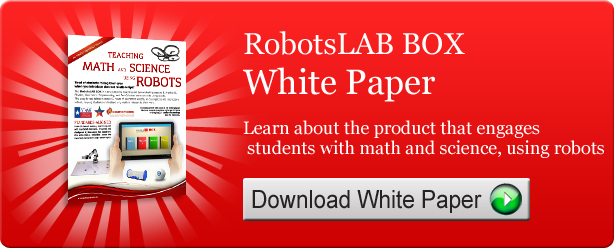What is the future of EdTech? Well, it took almost 500 years for EdTech to progress from the hornbook to the magic lantern. The hornbook appeared in England in the 15th Century. First immortalized in Shakespeare’s Love’s Labor’s Lost,
- ARMADO. [To HOLOFERNES] Monsieur, are you not lett'red?
- MOTH. Yes, he teaches boys the hornbook. What is a, b, spelt backward with the horn on his head?
- HOLOFERNES. Ba, pueritia, with a horn added.
The hornbook made its way to the colonies where it was gradually replaced by the equally low-tech slate and blackboard. It wasn’t until the latter end of the 19th Century and the beginning of the 20th that EdTech underwent a revolutionary change.
Imagine if you can the impact of the projected images of the magic lantern or the 3D images of the stereoscope on students for whom the written word in books, on slates and blackboards that had been the only source of information. At the same time their ability to express themselves individually improved as slate and blackboard were pushed to one side by that mass-produced writing instrument the pencil and its work-mate, inexpensive paper.
While it took 500 years for EdTech to progress from the horn book to the hand-held, 3D stereoscope, it took less than 50 years for the next EdTech revolution, electricity, to run its course. Edison said let there be light and school rooms were never the same again from their lighting to the available teaching tools. According to the infographic below the moving picture projector arrived in 1925, the overhead projector in 1930 and the mimeograph in 1940. Radio carried information to school rooms across the nation in the 30’s and 40’s and television first found its way into the classroom in the 1950’s. While radio and tv appeared to be the future of EdTech, yet another revolution was underway as the transistor replaced the tube in radios and televisions.
The digital revolution began with the transistor. The transistor brought about the microprocessor revolution and the microprocessor begot the handheld calculator which brought relief to those of us who had always found math tedious and despair to some math teachers who suddenly found their dullest students capable of adding, subtracting, multiplying and dividing more quickly and accurately than they. The handheld calculator was quickly followed by the personal computer revolution and software that allowed poor spellers like me to quit worrying about every word and begot the Internet revolution….
What then is the future of EdTech? We believe it is technological revolution upon revolution, each building on the preceding revolution and hastening the arrival of the next!


